Texas dove hunting season begins Monday, Labor Day, across much of the state, signaling the traditional start to fall hunting frameworks and bringing with it tens of thousands of Texans hoping to fill their bag limit.
The Texas Parks and Wildlife Department approved dove seasons across the state, and there again is more than two full months to hunt, with splits offering a variety of options. Dove season in the north and south zones will run Sept. 1 to Oct. 20 and Dec. 19 to Jan. 7, while the south zone framework is Sept. 19 to Oct. 20 and Dec. 19 to Jan. 25. The special South Texas white-winged dove hunting area season dates are Sept. 6-7, Sept. 13-14, Sept. 19 to Oct. 20 and Dec. 19 to Jan. 21. The first two weekends in that special season are noon to sunset hunts only.
Shaun Oldenburger, dove program leader for TPWD, said that dove hunting success rests on drought conditions, which again are likely to play a large factor in where birds are located.
“Last year we saw increases in mourning dove populations in all areas of Texas, except the Gulf Coast, Pineywoods and Rolling Plains,” he said. “However, both the Gulf Coast and Pineywoods tend to be some of Texas’ least-fluctuating populations. Whereas the Panhandle (High Plains and Rolling Plains) tend to fluctuate greatly depending on annual precipitation, but also have some of the highest densities of mourning doves in Texas. If drought continues (during nesting), we should expect to see decreased populations in the High Plains, Rolling Plains, Edwards Plateau and Cross Timbers areas. South Texas conditions have improved the last two years with rain events in this area, so we could expect good local production this year in this area.”
Oldenburger said that white-winged doves, which are larger than mourning doves, continue to expand their ranger far out of their historical haunts in South Texas.
“As far as white-winged doves, we saw an increase in that population again last year – so we expect another increase as white-winged doves tend to find additional urban and suburban habitat available with the increasing urban landscape in Texas,” he said. “This population continues to expand in Texas with only extreme northeast parts of the Pineywoods and Rolling Plains not having significant populations at this time. TPWD expects another great year of folks hunting within large to medium metropolitan areas with increasing foraging flights of white-winged doves into agricultural landscapes – the San Antonio area being a good example.”
Although drought may lead to decreased dove populations, it may have the reverse impact on hunting success, Oldenburger said. Doves will congregate in areas of seed and water availability during early fall, so stacking the deck in your favor by hunting near those areas is key.
Hunting without a license, using unplugged shotgun account for 35% of Texas dove violations. http://t.co/R7yzFTonMY http://t.co/mSeBvYSGhe
— Will Leschper (@TXOutdoorDigest) September 1, 2013
Not only does Texas have the highest dove populations in the country, it also boasts the largest number of hunters, roughly a third of the nationwide tally of 1.1 million in a normal year, according to U.S. Fish and Wildlife Service figures. In an average season, roughly 250,000 people put time in the field hunting mourning doves, while 125,000 target whitewings. Those hunters typically harvest about 5 million mourning doves and a million whitewings, and pump a huge amount of revenue into the state economy — more than $300 million, according to recent state and federal surveys. Those surveys show that even in average seasons hunters in Texas spend more than $8 million alone on shot shells.
Texas dove hunters last year also received increased possession limits and expanded opportunities in some of the best habitat in the state. The U.S. Fish and Wildlife Service approved an expanded special whitewing area in South Texas from San Antonio to Corpus Christi, effectively doubling its size from previous dove frameworks. Under rules adopted by the Service last year, the possession limit for all migratory game birds is three times the daily bag, which allows hunters to take part in a full weekend hunt from Friday through Sunday and still return home legally with a full complement of limits from each day.
When it comes to the pastime, the average dove hunter typically will shoot six to eight shells per bird harvested, but many more might even double up those numbers. And with decent shotshells running higher at the checkout counter, it can mean less bang for your buck, especially if you’re getting in more than a couple of hunts. With that in mind, here’s a look at some things that can increase your dove hunting success.
Sight unseen: Doves have an uncanny ability to dart or dive at just the right moment when they see a hunter spring up in their line of sight. It usually means they alter their flight path to either side, leaving the hunter blasting at air and looking foolish. Staying concealed is key when dove hunting because, like most birds, they have excellent eyesight. Relaxing in or near the shade can be the best of both worlds on a hot day since it keeps you cool and out of sight. It’s not necessary to camo up from head to toe but drab-colored clothing sure doesn’t hurt, especially later this month when birds have been shot at a time or two.
On point: Sometimes the heavens seem to open up and it feels like it’s raining birds on a good hunt. It can be tough to zero in on a single dove if two – or 10 – are barreling down on you and you’ve only got three shells at the ready. If the birds really are that thick consider yourself lucky and pick your shots, focusing on the closest fliers on the edges of a flock. If you’re even luckier, you just might double or triple up with the wide net of pellets you’re casting.
Think fast: One of the best things about dove hunting is being able to see plenty of birds from a long way off and anticipating a shot. That’s a blessing and a curse in many instances. Hunters often can shoulder their shotguns when a bird is loafing toward them but is still a couple of hundred yards away, and that can slow your swing through a shot. When a bird appears out of nowhere, most hunters snap off a shot without thinking and are successful, which should be your approach even when you know they’re coming. By starting slow, shouldering your firearm when a bird is in range and then speeding up and swinging through the shot, you will find consistency more often than not.
Hot shots: Doves already have the upper hand in this exercise – you don’t need to make it any tougher. Trying to shoot at zooming doves directly over your position is likely the toughest shot in bird hunting. If you get on them earlier, say at a 45-degree angle, you’ll have more success than attempting a 90-degree shot in the dark. The easiest dove shot is at a bird flying directly at you. All you’ve got to do is raise your gun, black out the bird and squeeze one off.
Shorten up: Taking anything longer than a 40-yard shot with any kind of open choke usually will end in frustration. Just because you can see a dove doesn’t mean it’s in range. Letting the bird come to you rather than getting anxious and unloading three times into the air is always the better choice. Some hunters have a tough time judging distance, but here’s a general rule of thumb: If you think a bird is too far, it probably is.
Widen up: Though rare, some hunters neglect to change out their choke tubes from other seasons. There’s no doubt if you hit a dove with a turkey choke it’ll leave a mark. But it probably won’t leave much else. The odds of hitting a dove go way up as you widen out the pattern of your pellets, but if you throw too big a spread out there it also can decrease the effectiveness on longer shots. On nearly all September hunts, a skeet or an improved cylinder choke will work fine. The only reason why some hunters might want to go to a modified or even a full choke is if they’re targeting higher-flying white-winged doves that have been shot at previously. New shotguns and some older ones come with interchangeable choke tubes that screw in or out of the barrel and allow fast alterations.
Must haves: Make sure you’ve got a valid 2014-15 hunting license with migratory game bird stamp and Harvest Information Program certification. Also, wear eye and ear protection, especially if taking youths along.






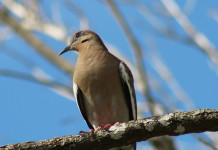
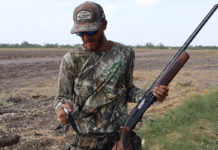
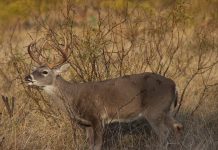








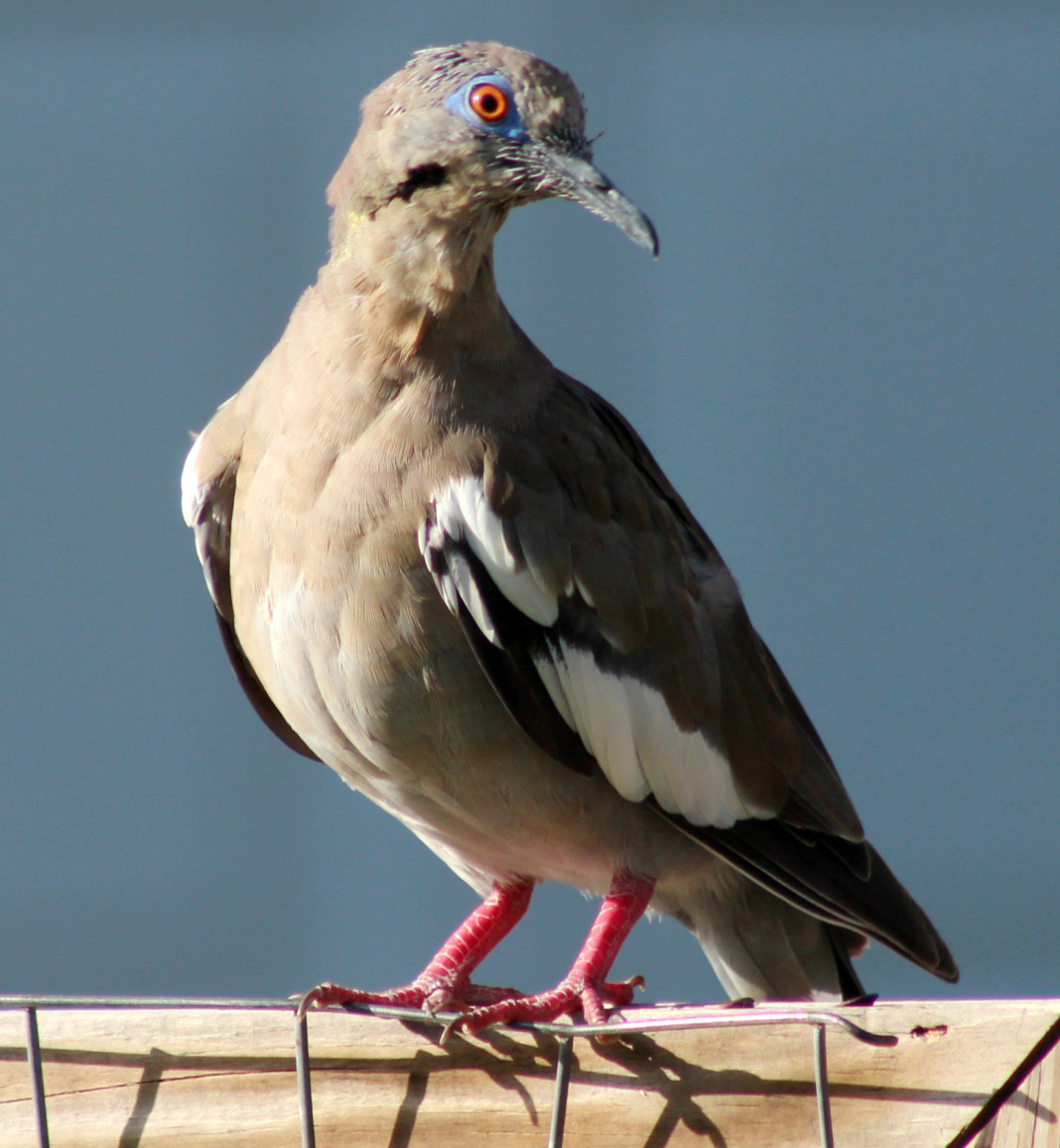
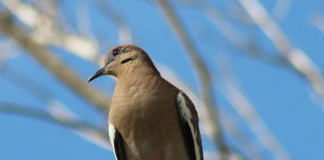
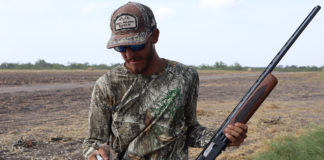
Hey there Will! Thank you for sharing your thoughts about 2014 dove hunting season. Like other hunters we had some fun this season more doves to hunt.
Thanks,
Clifford
Nicaragua Dove Hunting